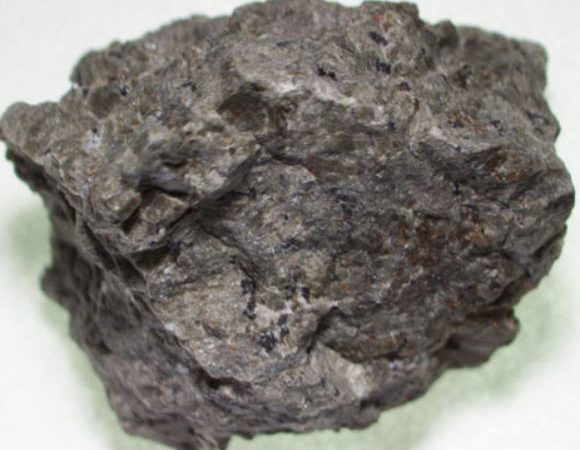Four-billion-year-old carbonates in a Martian meteorite called Allan Hills (ALH) 84001 contain nitrogen-bearing organic molecules, according to a new study published in the journal Nature Communications.
Source: Sci News
Questions concerning life on Mars have driven intensive studies of the planet for decades, including focused investigation of possible organic molecules.
NASA’s rover Curiosity reported various organic materials including sulfur and chlorine-bearing hydrocarbons from 3.5-billion-year-old mudstones in Gale crater. Chlorine-bearing methane was also found from an earlier exploration by NASA’s Viking landers, which was considered to be of Martian origin.
These previous investigations suggested the existence of organic matter in the near-surface system on Mars. However, little is known about the origin, distribution, preservation, and evolution of such organics, as well as their possible relationship with Martian biological activity.
Along with robotic exploration, complementary knowledge has been obtained from detailed geochemical investigations of Martian meteorites.
“One meteorite in particular, ALH 84001, named for the region in Antarctica it was found in 1984, is especially important,” said Dr. Mizuho Koike of JAXA’s Institute of Space and Astronautical Science, Dr. Atsuko Kobayashi from the Tokyo Institute of Technology and Caltech and their colleagues.
“It contains orange-colored carbonate minerals, which precipitated from salty liquid water on Mars’ near-surface 4 billion years ago.”
“As these minerals record Mars’ early aqueous environment, many studies have tried to understand their unique chemistry and whether they might provide evidence for ancient life on Mars.”
“However, previous analyses suffered from contamination with terrestrial material from Antarctic snow and ice, making it difficult to say how much of the organic material in the meteorite were truly Martian.”
Orange-colored carbonate grains in the ALH 84001 meteorite. Image credit: Koike et al, doi: 10.1038/s41467-020-15931-4.
In the study, the researchers analyzed several carbonate grains peeled off from a fragment of ALH 84001.
“We used state-of-the-art analytical techniques to study the nitrogen content of the ALH 84001 carbonates and found the first solid evidence for 4-billion-year-old Martian organics containing nitrogen,” the authors explained.
“After the careful contamination checks, we determined the detected organics were most likely truly Martian,” they added.
“We also determined the contribution of nitrogen in the form of nitrate — one of the strong oxidants on Mars today — was insignificant, suggesting the early Mars probably did not contain strong oxidants and was less-oxidizing.”
Nitrogen-bearing organic matter was either synthesized locally or delivered meteoritically on the early Mars. The former case requires an abiotic reduction of N (e.g., N2, NOx → NH3) to start the ammonia-related chemical reactions. The latter case is also possible if adequate amounts of nitrogen-bearing components were supplied. This organic matter survived in the 4-billion-year-old Martian (near) surface fluids and was trapped into ALH carbonates during precipitation. The carbonates resided in the subterranean system, preserving the organic components over long geological times. Image credit: Koike et al, doi: 10.1038/s41467-020-15931-4.
“There are two main possibilities: either nitrogen-bearing organic molecules came from outside Mars, or they formed on Mars,” Dr. Kobayashi said.
“Early in the Solar System’s history, Mars was likely showered with significant amounts of organic matter, for example from carbon-rich meteorites, comets and dust particles. Some of them may have dissolved in the brine and been trapped inside the carbonates.”
“Alternatively, chemical reactions on early Mars may have produced the nitrogen-bearing organics on-site,” Dr. Koike said.
“Either way, these findings show there was organic nitrogen on Mars before it became the Red Planet we know today.”
“Early Mars may have been more Earth-like, less oxidizing, wetter, and organic-rich. Perhaps it was ‘blue’.”
Source: Sci News

































Leave a Comment
You must be logged in to post a comment.